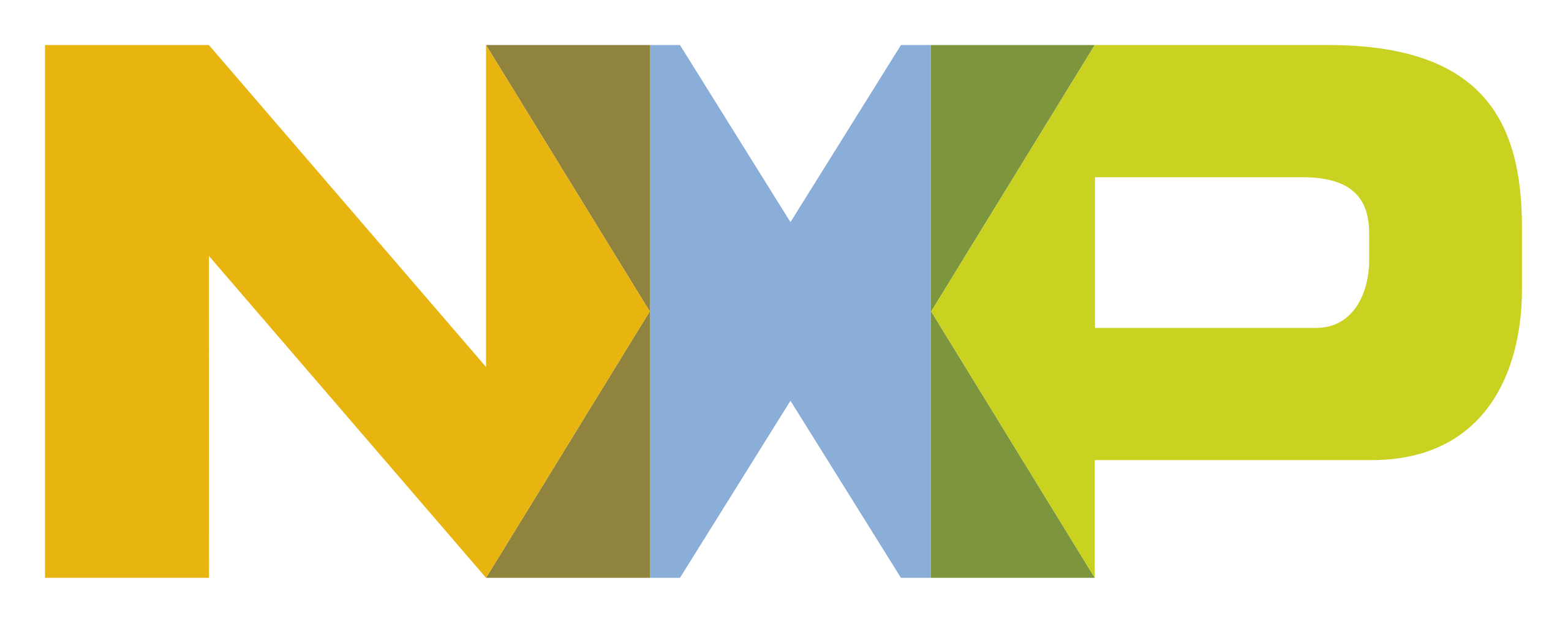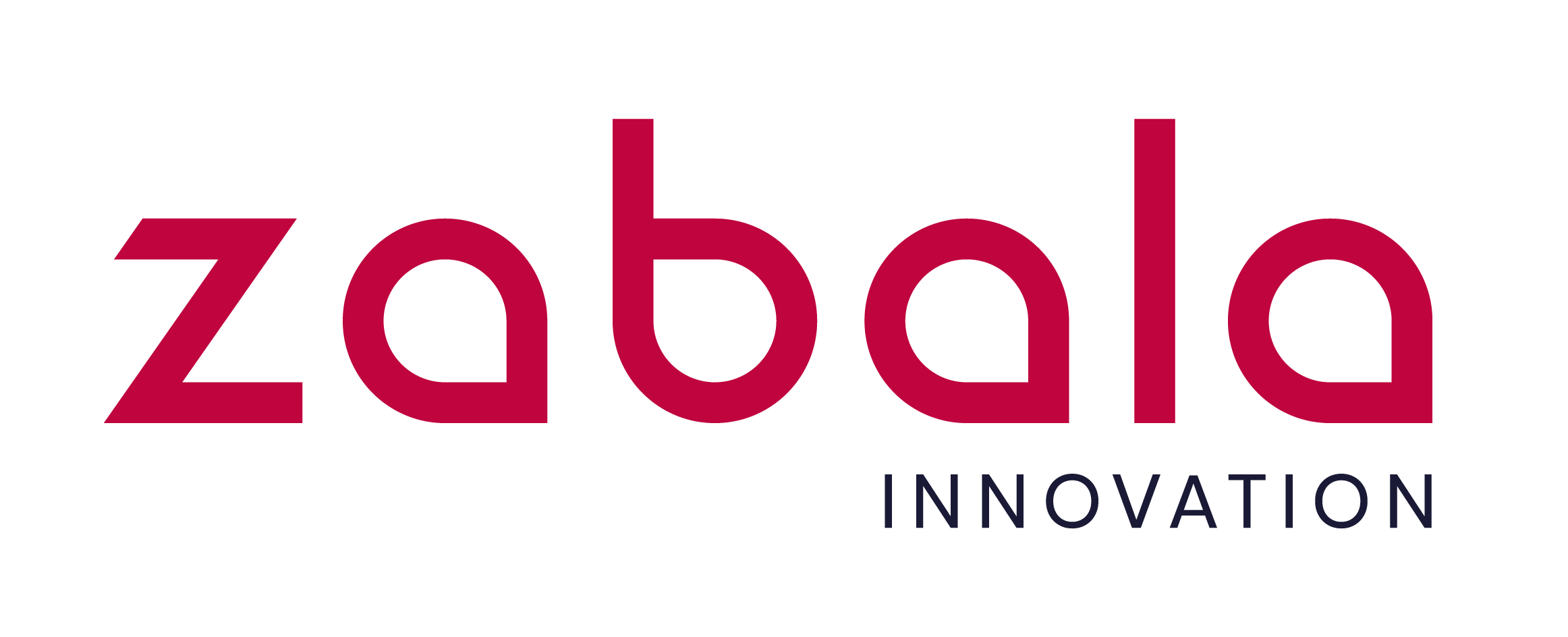Often, the datasheets are written by electronics engineers for electronics engineers and they are full of technical jargon. Often too, our common buyers are also engineers but sometimes they aren’t. Then, how can they understand the datasheets? In the current article of Trace ID blog, we will explain some basics to make more comprehensible an RFID tag datasheet for everybody even if they are not engineers.
What is a datasheet?
A datasheet is a document, printed or electronic, where are described the technical specifications, mechanical details, format and functions of an electronic component. It’s in the RFID tag datasheet where you will find the answers to your RFID application needs. So, it’s critical to understand all its information deeply.
Sections of an RFID tag datasheet
Usually, the information that you find in an RFID tag datasheet is organised as follows:
First of all, the name of the product and a picture enough descriptive. Followed by formats and applications. Then, some technical specifications and mechanical details. Maybe are also relevant to the manufacturing materials and manufacturing features. Very important is to know-how is the tag’s performance. Finally, perhaps you find the purchase’s conditions as well as of the delivery’s.
Maybe you can have more or fewer data in an RFID tag datasheet, but these are the most commonly related.
What is important for you?
All these data about tags are almost useless if we don’t know what we want. Our needs must be which determine what tag we will use. Radio waves behave differently depending on the frequency, so it’s essential to choose the right frequency according to characteristics of your application (kind of goods, environment, etc.)
As well as, although the industry has worked for standardise the three RFID bands (LF, HF and UHF), the countries around the world still have different bands of the radio spectrum for RFID. For example, the spectrum for the low-frequency band in most countries is from 125KHz to 134KHz, for high-frequency is generally 13.56MHz worldwide, however, ultra-high-frequency spectrum in the USA ranges from 902MHz to 928MHz and across EU it’s from 865MHz to 868MHz.
Some terms explained
Frequency: RFID frequency refers to the size of the radio waves used to communicate between RFID system components. The bigger is a wave the lower is the number of repetitions that a complete waveform can do within one second. 1Hz equals one wave in one second, 1KHz equals a thousand waves per second, and 1MHz equals one million waves per second. The kind of frequency determines some behaviours of the whole RFID system, for example, the lower is frequency the slower is the data read rate but it has higher capabilities for well reading near metals or liquids. On the other hand, the higher is the frequency the faster is the data read rate and the longer are the read ranges, but unfortunately, it has more sensitivity to interferences due to metals or fluids in the environment.
Low-frequency (LF RFID) covers from 125KHz to 134KHz and provides a read range of 10cm. High-frequency (HF RFID) usually operates at 13.56MHz and has read ranges from 10cm to 1m. Finally, Ultra high frequency (UHF RFID) covers 433MHz and from 860MHz to 960MHz. The read range of UHF systems can be as long as 12m, and it has a faster data transfer rate than LF or HF, but it’s the most sensitive to interference and it can’t read through metal or water.
So, knowing that RFID systems work differently according to their different frequency bands, we have to examine the needs and conditions of our RFID application to design the best RFID solution.
For example, if we need to identify objects with high water content or we need to read objects through thin metallic materials but the read range can be limited to centimetres, our best choice will be an RFID low-frequency system. Common uses of low-frequency RFID tags are animal tagging and access control. On the other hand, if we need to read many items at once fast in a long-distance, our best solution will be UHF RFID like warehouses or tolls do.
EPC memory: The EPC memory is the storage space within the tag’s chip where a unique number is saved, that identifies the item to which the tag is affixed. This unique number usually requires 96 bits of memory. The EPC is the unique number that identifies each item individually as a personal ID does, that’s why RFID tags are affixed directly to each object and it’s one of the most important advantages of RFID technology.
User memory: The user memory bank is used to describe the object to which the tag is affixed and is within the tag’s chip too. The information is customized according to the business and its data can change over time, for example, it might be added new relevant information about the item during its itinerary.
Antenna: The antenna is the component that sends and receives data. In RFID they can be low-frequency (LF) high-frequency (HF) or ultra-high frequency (UHF). Tags and readers have antennas to form a magnetic field between them. The tag’s antenna has different shape designs according to its frequency, use and manufacturer. Usually, antennas are made of aluminium, copper or silver.
RFID reader: it is a fixed or mobile device with an antenna that receives the data from the tags and also sends waves which are received by the tag’s antenna. This way the magnetic field is created in RFID systems.
RFID tags: They are formed by three elements basically: a tiny chip, a substrate, namely silicon, and an antenna. The antenna and the chip are held by a strap in HF designs or a loop in UHF designs. Within the chip is stored varied information (see above EPC memory and User memory). When radio waves from the reader reach the chip’s antenna, the energy is converted by the antenna into electricity that can power up the microchip with the information. Then, in the circuit between chip and antenna starts a wave with a little power, and the antenna transforms this wave into a radio wave with power enough to launch the chip’s data until the reader. Tags can have many forms such a smart label that has much information printed like a barcode and artwork design or a very simple inlay encapsulated inside a carton or fabric. Tags can be passive or active.
Passive RFID system: Passive RFID tags haven’t got a battery, so they have no internal power source and they are powered by the electromagnetic energy transmitted from an RFID reader. Passive RFID tags are used for applications that don’t need to be constantly controlling some item conditions such as temperature, location or others. Passive RFID systems are cheaper than active RFID systems and they are usually used for tickets, races tracking, access control, etc.
Active RFID system: Active RFID tags are battery-powered RFID tags that continuously broadcast their own signal. Active tags offer a much longer read range than passive tags, faster data read and more control over the products and better information about them. The active RFID systems are more expensive than the passive systems and they are usually used in tolls, food industry, etc.
Protocol: A set of rules which govern the flow of data in a communication system.
Air interface protocol: Air Interface in RFID means that communication between a tag and a reader is achieved through a free conductor medium, usually air, instead of using a wire cable. So, the Air Interface Protocol is a set of rules that govern how tags and readers communicate. These protocols are globally established worldwide. For example, UHF RFID tags use the Air Interface Protocol ISO 18000 developed to describe reader and tag communication specifications.
Inlay: An inlay is basically a microchip attached to an antenna and mounted on a substrate. Inlays are named wet inlays or dry inlays depending on if they have an adhesive side or they are simply attached to the substrate backing material called the web. Inlays come on rolls of 5,000 to 20,000 inlays ready to convert into finished tags.
Smart label: It’s a label with many information like the barcode, the price, the specifications of the good and as well as an RFID tag embedded.
Sources:
Main photo: Photo by Jonathan Velasquez on Unsplash.
Thanks to www.rfidjournal.com, www.blog.atlasrfidstore.com and www.impinj.com/library/blog for providing such excellent and useful content that helped to complete this article.
Contact us for more information focused on your needs. If you wish to receive information about RFID technology, subscribe to our magazine.






